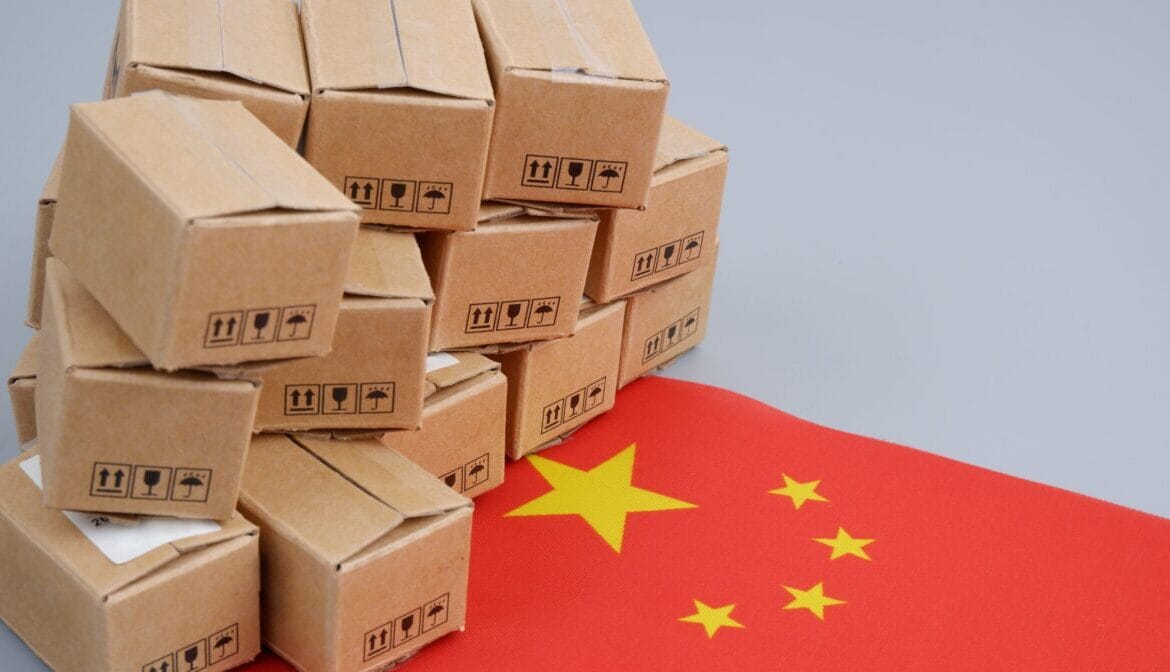
How New U.S. Tariffs Are Disrupting China’s Small Parcel Shipping Model
In the ongoing U.S.-China trade tensions, a new battleground has emerged: small parcel shipping. While traditional containerized trade has long been under tariff pressure, the U.S. government is now setting its sights on the fast-growing direct-to-consumer (DTC) model dominated by Chinese sellers.
The De Minimis Loophole: A Competitive Advantage?
Under the U.S. de minimis rule, goods valued under $800 can enter the country duty-free if shipped directly to consumers. Chinese platforms such as Shein, Temu, and AliExpress have flourished by taking full advantage of this rule — shipping small parcels straight to American homes, often at incredibly low prices and without tariffs.
This has given Chinese sellers an undeniable edge in e-commerce — until now.
The Clampdown Begins
Recent reports indicate that:
- U.S. lawmakers are working on tightening the de minimis threshold, especially for countries deemed “non-market economies.”
- Customs and Border Protection (CBP) has increased inspection and enforcement of small parcels from China.
- Major carriers report delays due to additional customs screening, especially for high-frequency product categories like apparel, electronics, and accessories.
Impact on Chinese Exporters
As new tariffs take hold, we’re seeing the effects ripple through the logistics chain:
- Shipping delays: Parcels that once cleared in 2–3 days now take over a week.
- Reduced bookings: Reports from Linerlytica show up to a 60% drop in Chinese container bookings bound for the U.S.
- Blank sailings: Major ocean carriers have canceled voyages to adjust for lower volumes.
From a Parcel Perspective: What Changes?
| Impact Area | Before May 2024 Tariffs | After Tariffs |
| Duty on < $800 | $0 | Possible tariffs + inspection |
| Shipping time | 7–10 days | 10–20+ days |
| Customs clearance | Mostly automated | Increased manual checks |
| Parcel returns | Low | Rising due to delivery delays |
| Price advantage | Strong | Diminished by added costs |
What Can Sellers Do?
Many Chinese exporters are pivoting to:
- Third-country transshipment (e.g., via Mexico or Canada)
- U.S. local warehousing and fulfillment
- Partnering with logistics providers who offer alternative clearance channels
However, these strategies bring complexity, cost, and risk. For smaller sellers, survival will depend on how quickly they can adapt.
Final Thoughts
The U.S. tariff hike isn’t just targeting steel, semiconductors, or EVs — it’s strategically aimed at China’s booming cross-border e-commerce model.
What started as a loophole is now a policy target. As the de minimis rule comes under pressure, “Made in China, shipped direct to your door” may no longer be the default experience for U.S. shoppers.
At Zcyt Logistics, we’re actively helping clients navigate this shifting landscape with flexible shipping solutions and localized fulfillment strategies. If you’re a seller facing these new challenges — we’re here to help.
